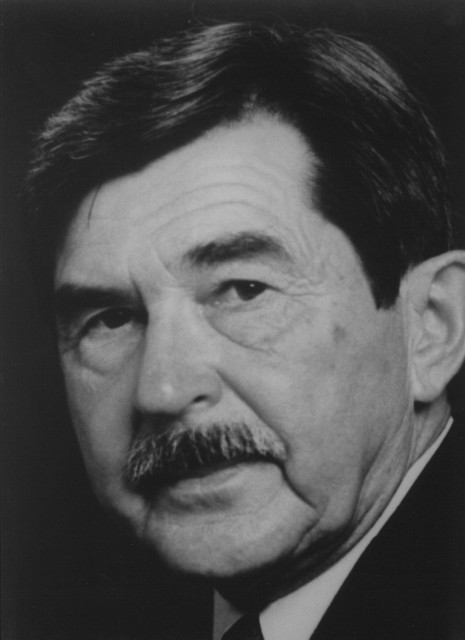Henry Taube
1915-2005

Taube became the 20th century's major figure in the study of inorganic reaction mechanisms. By using isotopic oxygen labelling and various NMR techniques he was the first to determine the number of water molecules in the inner coordination sphere of aqueous metal cations. In a classic Chemical Reviews paper (1952) he presented a correlation between ligand substitution rates and the electronic configuration of the transition metal ion. But Taube is best known for research on the mechanisms of oxidation-reduction (redox) reactions, and for distinguishing "inner-sphere" reactions that involve atom or group transfer from "outer-sphere" reactions, which leave the coordination spheres of the partners intact. In another area, Taube made significant contributions to molecular nitrogen complexes.
For his pioneering work on the mechanism of inorganic oxidation-reduction reactions Taube received the 1983 Nobel Prize in Chemistry. In 1985 he received the American Chemical Society's highest award, the Priestley Medal.
Taube was born in Saskatchewan, Canada, and received his undergraduate and master's degrees at its university. His Ph.D. was obtained at the University of California, Berkeley with W. C. Bray, who taught him to "slow down, observe carefully, and make capital not only of what happens (in chemistry), but what does not happen". Taube became a U.S. citizen and served on the faculties of Cornell (1941-6), Chicago (1946-61) and Stanford (1961-on). His students populate the inorganic faculties of many universities here and abroad.
Sponsor: Kim Dunbar
Location in chemistry building: Fourth Floor; East Wing South Wall; Sequence 1
Source: Professor Taube